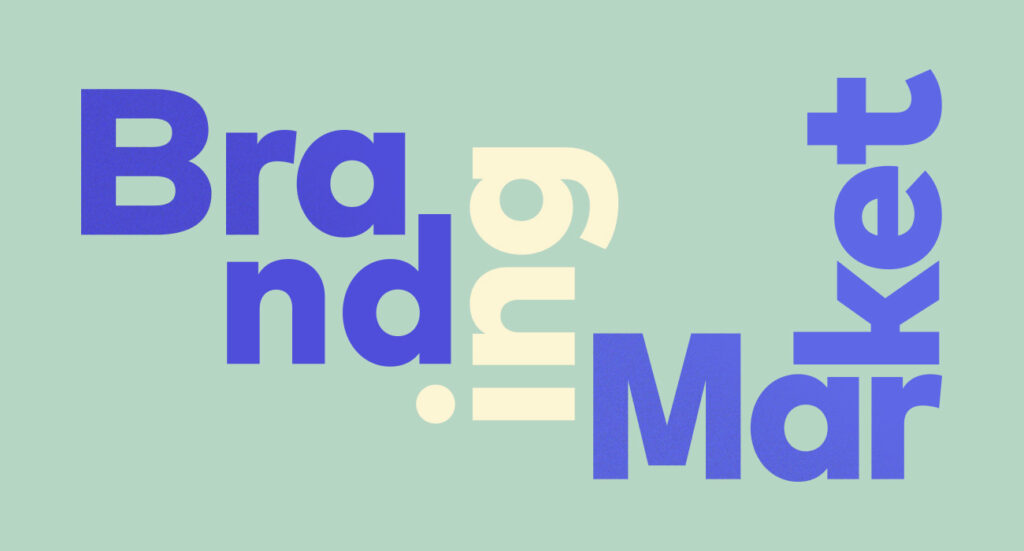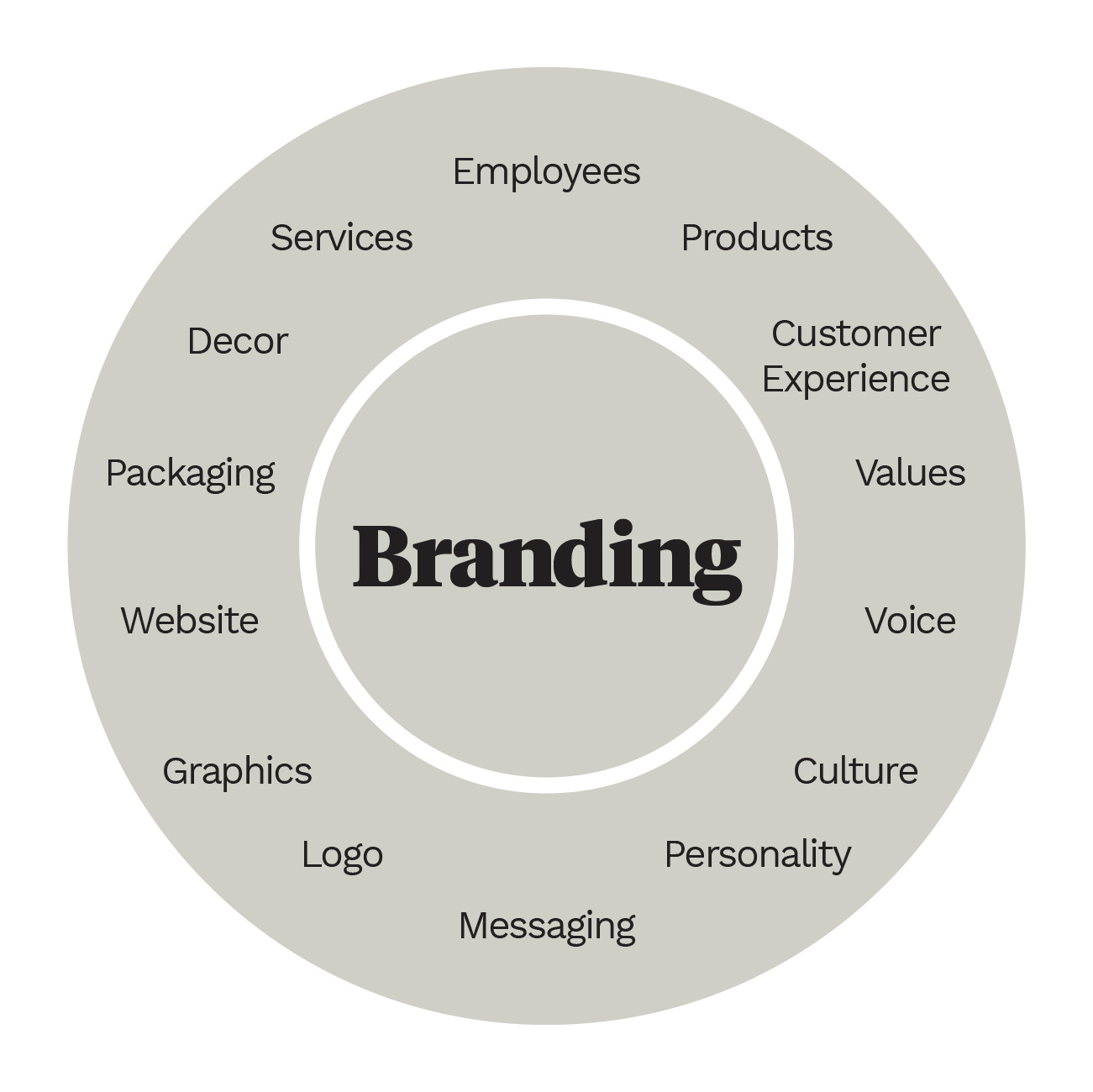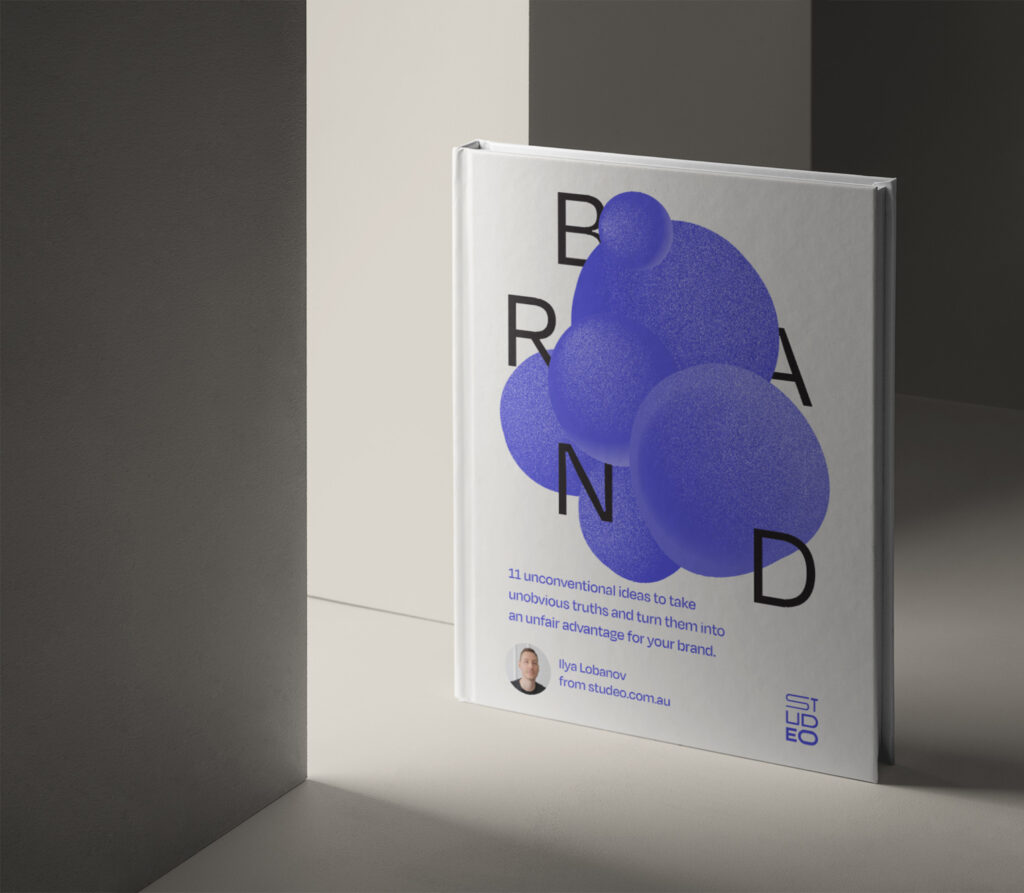Business Branding vs Marketing. Which is Superior?

Whether you have an established business or a new one, when it comes to branding and marketing, everyone has an opinion. If you consider branding and marketing to be one and the same, you’re not alone! Though still, I find it hard to suppress my surprise whenever I’m faced with the confusion.
I continue to diplomatically educate and enlighten every new prospect who reaches out seeking marketing services, when what they really need is branding. Or vice versa. If only I had a dollar for every instance…
Similarly there are experts out there who tell you to invest it all into branding, and others telling you about the millions you can make with marketing alone.
So how do business owners know which service they ought to be shopping for and investing in?
I am here today to help you make that informed decision.
It All Starts With Branding
In a nutshell, branding is who you are and what you stand for—and marketing is how you communicate your offerings to your customers. Branding is strategic, marketing is tactical.
It’s unsurprising that 77 percent of marketing leaders say a strong brand is critical to their growth and marketing plans.
As a business owner, you can be forgiven to think that branding involves nothing more than creating a logo and stationery. Truth be told – there are still designers out there that believe that’s the extent of branding. The act of creating visual components for a brand sits under a small subset of branding, called Brand Identity Design.
Overall, branding is much more encompassing and critical to a business than just its visual components. Before a brand can be noticed and build a following they must first connect with their customers on a deep, intrinsic level. It’s also important to understand that a brand is not just a logo or a business name.
Ultimately, a brand is the sum of all of its parts and it’s defined by the way customers perceive the company overall.
 Setting Up Your Brand for Success
Setting Up Your Brand for Success
Branding is the strategic effort to define, establish and marry many different aspects about about a business including:
- What is your mission
What is your brand passionate about? - Services and offerings you provide
What’s in your collection of services and customer touch points? - Your point of difference
What is your unique selling proposition and how are you delivering on that? - Your brand values
What do you stand for and what are the principles you stand by? - What people think about you
How do your customers describe your brand (or how do you want them to describe you)? - Addressing customer needs
Which human needs do you solve and provide an answer to?
The act of defining and addressing the above, can be described as Brand Positioning. It sets the foundation for any ongoing marketing activities for that business.
Communicating Your Brand to Your Audience
Once the Brand Positioning has been formed and your Brand Identity has been created or revised, marketing can come in. And this is finally when marketing has a chance to shine. Marketing’s job is to communicate your well defined brand to your audience.
With the established branding strategy, marketing will build on top of it by spreading the message around different channels in a tactical way. All marketing efforts become tenfold more effective when they are referencing the initial strategy and positioning set by the foundational branding activities.
Yes, there is an overlap where marketers on occasion will attempt to implement positioning in their marketing activities. However this is almost always due to a lack of (or poorly defined) initial foundation.
That’s why it’s critical to instigate the right brand positioning at the outset.
The Marketing Evolution
Let’s look at the way marketing was. In the most basic terms, the bulk of marketing work involved a ‘one to many’ message distribution. It was a push dynamic – communicating and promoting a product/service and getting it in front of as many potential customers as possible.
Today, thanks to thinkers such as Seth Godin, and Simon Sinek, as well as the generally more customer-centric trends in marketing, the approach has evolved. Now it is more about sending out a personalised message to individual prospects, and tailoring other experiences specifically to each.
Marketers are now using custom merge fields in emails. Segmenting the lists based on buying patterns and open rates. Facebook and Google ads are targeting customers based on their demographics, social status, location and more.
Plus, there are lots of ongoing and provocative new developments, such as the smartphone’s retina scanners. Enabling marketers to analyse eye movements of a customer, measure the performance and effectiveness of various ads, and ultimately dictate how to personalise ads to each customer specifically.
Now that’s pretty scary, as you can agree. But at the same time, much more customer focused. Aiming to tailor marketing to each of us individually can potentially shield us from ever seeing an ad that would never interest us.
So How Do You Invest to Succeed
Marketing is evolving with the ever personalised nature of it. Branding is evolving with a more customer-centric approach. The two disciplines are converging and growing more and more dependant on each other.
However before you can tell the world about your product, your service or your brand via marketing, you need to take care of branding first. Define your brand so you can go out there and market it with clarity and focus.
A good guide I often cite for small business owners is the 80/20 rule. It’s based on the notion that you should focus on the 20 percent of work that will lead to 80 percent of results. In that dynamic, you would spend 20 percent of your budget on branding initially, as that will likely generate 80 percent of results via marketing.
Treat the 80/20 as a guide, rather than gospel. The breakdown can depend on your existing branding. For example if you are setting up a new business or require an extensive rebrand, then you may want to skew the balance to 70/30. The point is to sufficiently and clearly define your brand positioning at the outset – so that your subsequent marketing efforts are more focused.
Where To From Here?
Take the time and effort initially to define your brand positioning and clearly articulate what you stand for as a brand. This will empower you to successfully create a relevant and effective visual brand identity. A focused brand identity and positioning will enable you to attract better customers and employees who share your beliefs.
Then concentrate your efforts on marketing to spread the word.
Just remember, like marketing, branding is an ongoing exercise – not a one-off. Even after the initial set up, it will need to work alongside marketing to continuously strengthen the brand, or help evolve it if required.
So has that helped you to make a decision where and how to focus your business efforts? If you ever need someone to talk to about brand positioning please drop me a line at studio@studeo.com.au. And if you know someone who might benefit from this article please share it.
